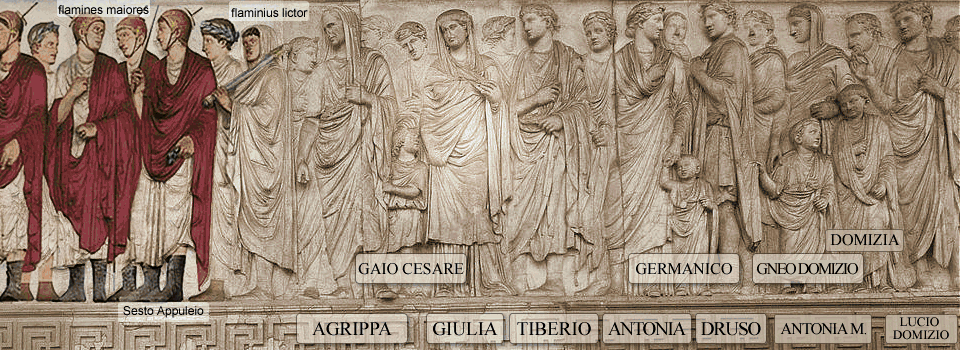
Focus
-
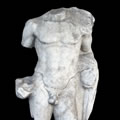
Grave of the Gladiator
His name was Marcus Nonius Macrinus, he was general of the Emperor Marcus Aurelius and was present on the battlefield in 169 AD. as legatus et comes in first German campaign against Quadi and Marcomanni; in his cursus honorum there are important both political and religious assignments from pro consulate in Asia and Africa to participation in the collegium XVviri sacris faciundis in charge of consulting the Sibillini books ...
Continue »
-
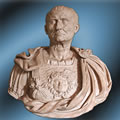
Galba Emperor
Servius Sulpicius Galba, Nero's successor, was the first emperor who took power with the support of the Legions; after him the successions in power were transformed into conquests of power by charismatic or opportunist generals who were in command of the most expert legions or who enjoyed the confidence of the praetorians ...
Continue »
-
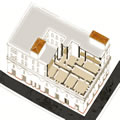
Insula Volusiana
During works of arrangement of the sacred area of S. Omobono in Foro Boario, a stone was found containing an epigraph that provides information on construction of the Insula Volusiana ...
Continue »
-
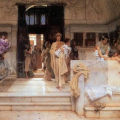
Roman aristocracy in the third century. B.C.
In the third century BC the Roman vir nobiles belonged to about 20 patrician and plebeian families; among these the most influential were the gens Fabia, the most illustrious and important patrician family, flanked by the gens Aemilia and the gens Cornelia all three of Latin origin, then there were the powerful Claudii and Valerii families of Sabine origin ...
Continue »
-
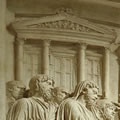
Temple of Jupiter Optimus Maximus
The most important temple in Rome was located on the Capitoline Hill, it was dedicated to Jupiter Optimus Maximus and Juno and Minerva, or the Capitoline Triad; it was built for the vow made by Tarquinius Priscus during the wars against the Sabini ...
Continue »
-
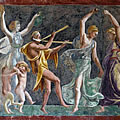
The bacchanal scandal of 186
One of the most important inscriptions from the Republican age that have been found is the Senatusconsultum de bachanalibus, discovered in the 17th century in the territory of Bruttium (today's Calabria). It is an edict issued by the consuls of the year who implemented the rules indicated as appropriate by the Senate of Rome and thus from the Idi of October 186 BC. The orgiastic rites were forbidden in the Bacchanalia ...
Continue »
-
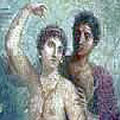
Sulpicia, poetry and eroticism
The poets in Rome did not have an easy life, they had to have a protector, a patron and the luckiest were those who lived in the first century of the Empire when the convivialities were cheered by the declamations of Virgil, Ovid, Catullus, Martial who composed praising poems to virtues, to the country but also to feelings and above all to love. But two poetesses also sang of love, both of whom are remembered with the name of Sulpicia ...
Continue »
-

Agrippa Postumus (12 B.C. – 14 A.D.)
When Marcus Vipsanius Agrippa died in March 12 B.C. in Campania, his wife Julia was expecting a child who was born 5 months after the death of his father and was named Agrippa Postumus; it was customary for the Romans to give the name of Postumus to children born after the death of their father ...
Continue »
-
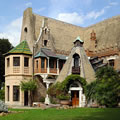
Villa Torlonia
Where the ancient Romans had built their suburban villas, the great and powerful families of the Roman nobility in nineteenth century built their hunting lodges, having their parks and gardens designed by the greatest architects of their time; today the municipality of Rome has become the owner of this admirable artistic heritage but also of a great green heritage that makes Rome one of the greenest cities in the world ...
Continue »
-
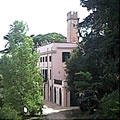
Villa Sciarra, Villa of the white peacocks
Along the slopes of the Janiculum at the time of ancient Rome there were lucus and hortus and the area at the end of the 1st century B.C. was part of the Horti of Caesar; here was the suburban villa where Cleopatra spent her Roman stay. Probably, the first temple dedicated to oriental divinities was built for her and above that was erected, in the fourth century AD, the one of which testimonies were found about a century ago during some works ...
Continue »
-
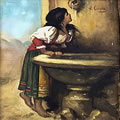
The small fountain of lovers
Near the most famous fountain in the world, Trevi Fountain, there is a small fountain that the architect Nicola Salvi created next to the monumental ...
Continue »
-
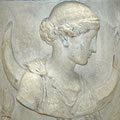
Temple of Moon Goddess
Luna was an archaic goddess of the Latins and her cult was brought to Rome by Titus Tatius but Servius Tullius was who built a temple to the goddess in a position overlooking the Porta Trigemina on the Aventine, the hill that had enclosed within its walls but left out of the Pomerius ...
Continue »
-
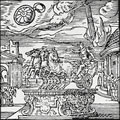
UFO in Ancient Rome
In the sky of Ancient Rome they were sighted UFOs since archaic times. Two thousand years ago the historian Livy in his Ab Urbe condita, says ...
Continue »
-

Temple of Jupiter Optimus Maximus
The most important temple in Rome was located on the Capitoline Hill, it was dedicated to Jupiter Optimus Maximus and Juno and Minerva, or the Capitoline Triad; it was built for the vow made by Tarquinius Priscus during the wars against the Sabini ...
Continue »
-
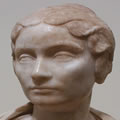
Aurelia Cotta - The mother of Julius Caesar
She was born in Rome on May 21, 120 BC, daughter of Lucius Aurelius Cotta who was consul in the year after hers birth; the mother was called Rutilia and even her family was of consular rank. The gens Aurelia had cognomina Cotta, Scaurus, and Orestes and, in the first century, a branch was called Fulvus, to this belonged Titus Aurelius Fulvus who became emperor under the name of Antoninus Pius ...
Continue »
-

The Knights Templar in Rome
At the beginning of the 12th century Rome was a small city with 20,000 inhabitants where the Pope lived "perched" in the Palaces of the Lateran; Hugues de Payns presented himself here to ask Honorius II for the approval of the new order rule which had been written by Bernard of Clairvaux. Hugues de Payns was accompanied by Godefroy de Saint Omer, both had been among the knights of the First Crusade, the one wanted by Urban II and who had conquered the Holy City and founded the Kingdom of Jerusalem. Since then pilgrims flocked from all over Europe to places of faith but the journey was long and they had to cross difficult lands for the climate and for the populations, hostile to the Christians, who lived there ...
Continue »
-

Temple of Janus
Nothing remains of the Temple of Janus of which we only have a representation on the back of a Nero coin. It was located not far from the Forum ...
Continue »
-
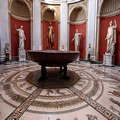
Porphyry, imperial marble
The Roman emperors had a preference for porphyry, the red marble that was extracted from Mons Porphyretes, from a quarry that was in the eastern Egyptian desert and the only one from which the purple porphyry was extracted. ...
Continue »
-
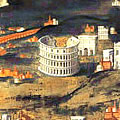
The prophecy of Colosseum
In the eighth century, in a Benedictine monastery in Sunderland, the monk Beda the Venerable then Doctor of the Catholic Church, in addition to writing ecclesiastical books and scientific treatises, rearranging texts of classical Latin authors, collected and reported the stories and prophecies of his time in the book "Collectanea" which reports the following obscure prophecy ...
Continue »
-
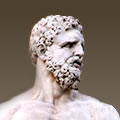
The Hercules and Cacus myth
The Hercules and Cacus myth expresses the progressive insertion of the Hellenistic culture on the primordial Italic cultures: Hercules is the ...
Continue »
The most popular arguments
-

Museums: virtual tours -
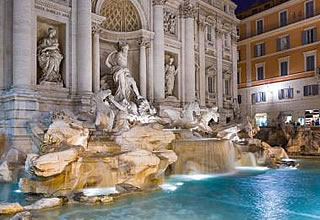
Exhibitions and Events -

Historic Hotels -

Map of the main attractions
Copyright © 2015- 2019 - All Rights Reserved - RomeAndArt.eu - VAT IT 12335381005
E-mail | Disclaimer | Privacy - Change cookies settings
Thanks to OS Templates







